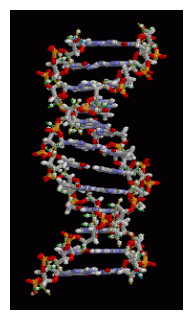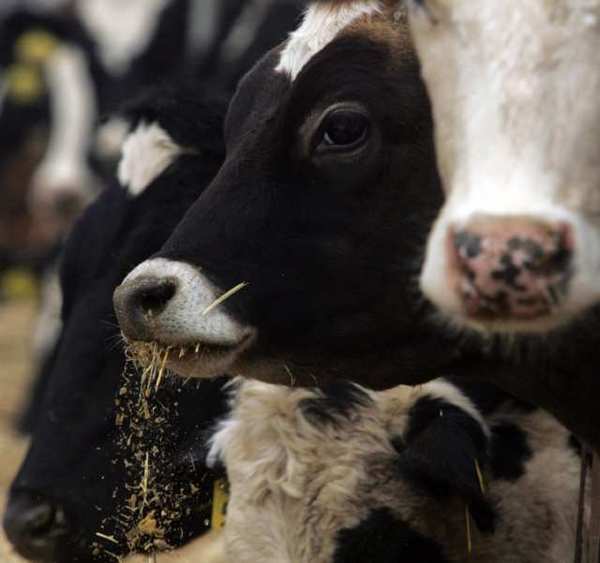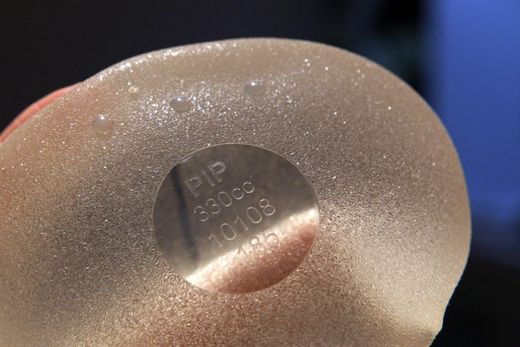
© GreenMedInfo
In the mainstream media (and the popular consciousness programmed to consume it) defective genes are spoken about as if they were "disease time bombs," fatalistically programmed to go off inside of us, thanks to flawed genetic contributions of our ancestors. And yet, despite common misconceptions, monogenic diseases, or diseases that result from errors in the nucleotide sequence of a single gene are exceedingly rare. In fact, less than 1% of all diseases fall within this category...
Following the completion of the Human Genome Project (HGP) in 2003 it is no longer accurate to say that our genes "cause" disease, any more than it is accurate to say that DNA is sufficient to account for all the proteins in our body. Despite initial expectations, the HGP revealed that there are only 20,000-25,000 genes in human DNA (genome), rather than the 100,000 + believed necessary to encode the 100,000 + proteins found in the human body (proteome). Did you follow that?
There are not even enough genes in the human body to account for the existence of the basic protein building blocks that make it possible, much less explain the behavior of these proteins in health and disease states!The "blueprint" model of genetics: one gene → one protein → one cellular behavior, which was once the holy grail of biology, has now been supplanted by a model of the cell where epigenetic factors (literally: "beyond the control of the gene") are primary in determining how DNA will be interpreted, translated and expressed. A single gene can be used by the cell to express a multitude of proteins and it is not the DNA itself that determines how or what genes will be expressed. Rather, we must look to the epigenetic factors to understand what makes a liver cell different from a skin cell or brain cell. All of these cells share the exact same 3 billion base pairs that make up our genetic code, but it is the epigenetic factors, e.g. regulatory proteins and post-translational modifications, that make the determination as to which genes to turn on and which to silence, resulting in each cell's unique phenotype.


Comment: All processed foods contain toxic ingredients and should be avoided along with sugar laden "food". A healthier option would be a Paleo Diet.
Hidden Dangers of Processed Foods
Eating Processed Food Leads to Depression
Is Sugar Toxic?
The 7 Foods the Experts Won't Eat